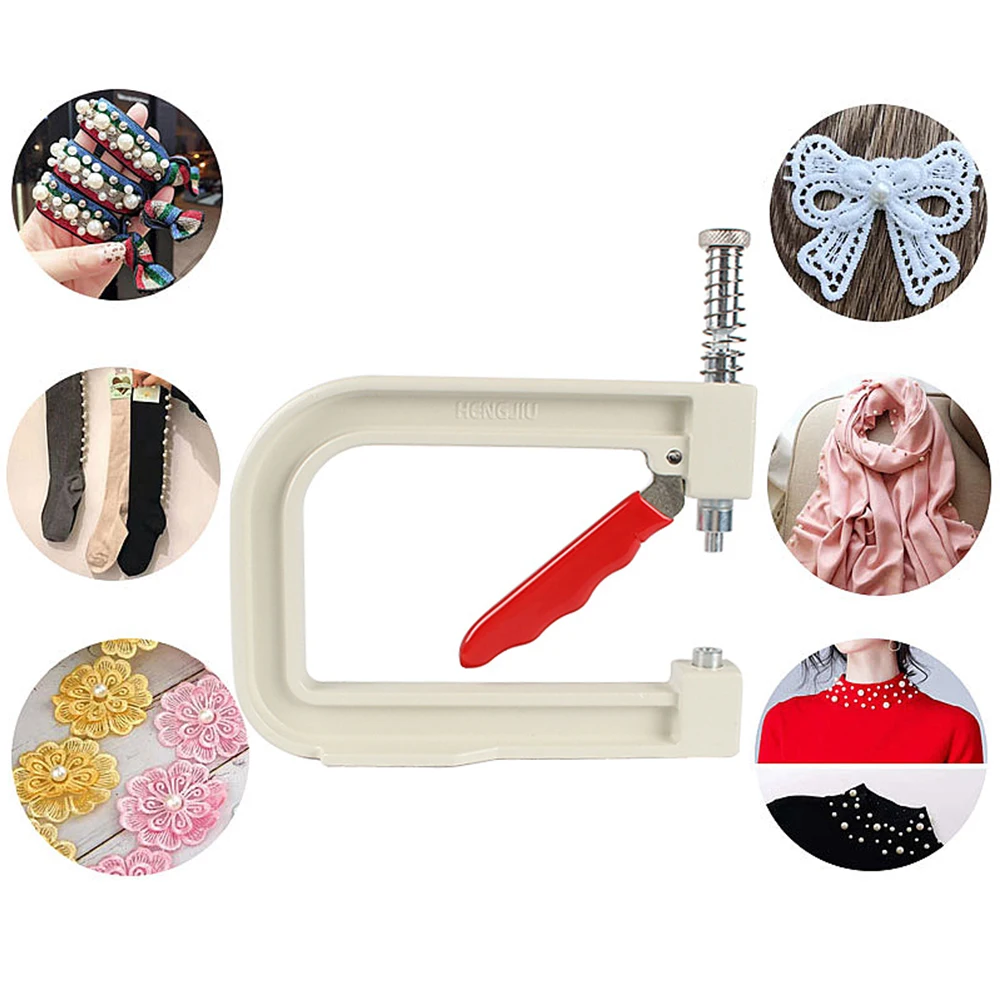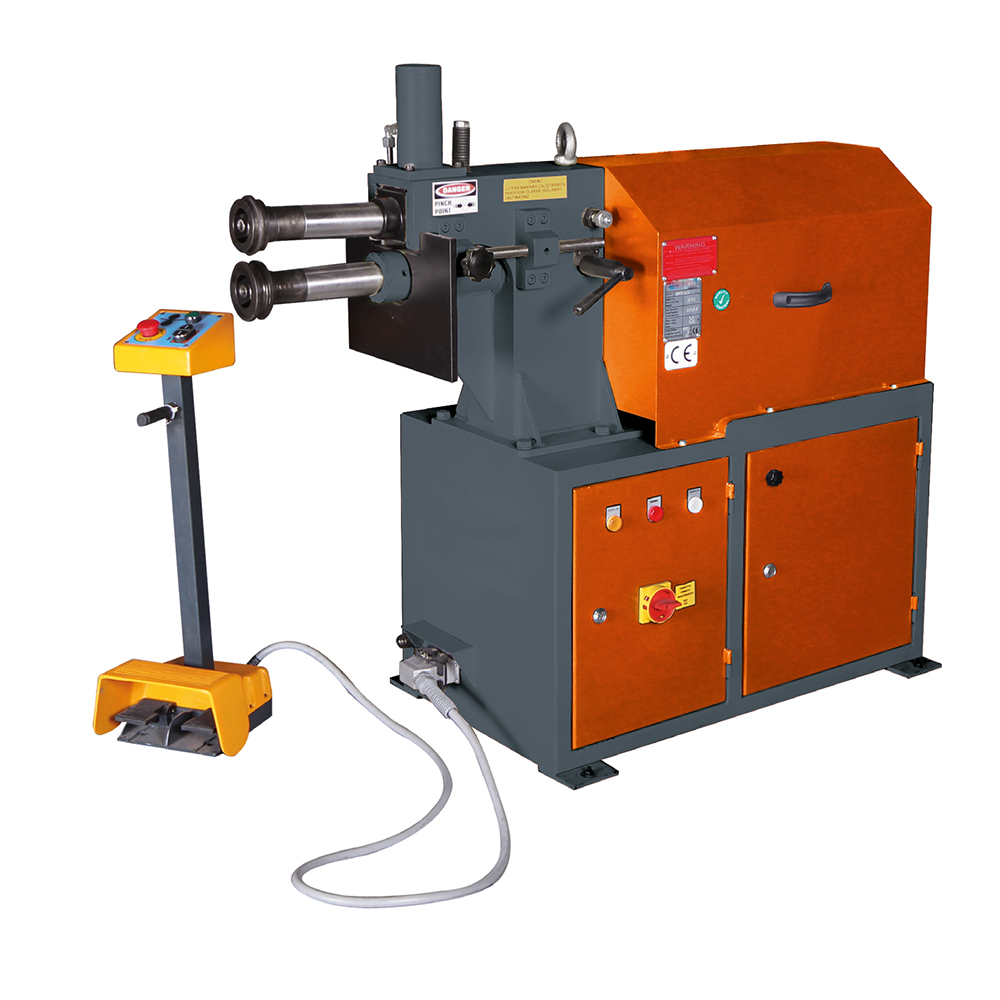In the world of metalworking, precision tools are essential for achieving quality results, and the beading machine is no exception. This versatile machine is used to reinforce sheet metal by creating beads or ribs, adding both strength and aesthetic appeal. Whether you are a professional metalworker or a hobbyist, understanding the functions, types, benefits, and maintenance of a beading machine can significantly enhance your projects. Therefore, this comprehensive guide aims to provide detailed insights into the beading machine, its uses, and best practices. By delving into these aspects, you can make the most of this invaluable tool.
Understanding the Beading Machine
To fully appreciate the capabilities of a beading machine, it is crucial to understand its components and functionalities. Therefore, exploring the basics sets the stage for effective use.
What is a Beading Machine?
A beading machine is a specialized tool used to create beads or grooves on sheet metal. These beads add rigidity, reduce weight, and improve the overall structural integrity of the metal piece. The machine consists of a pair of rotating wheels, or dies, through which the metal sheet is passed. As the sheet moves between the dies, they press into the metal, forming a continuous bead. Beading machines are commonly used in automotive restoration, HVAC ductwork, and various metal fabrication projects. Therefore, understanding what a beading machine does is essential for maximizing its utility.
Components of a Beading Machine
A beading machine is composed of several key components that work together to create precise beads. The main parts include the frame, handle, mandrels or dies, and adjustable roller pins. The frame provides the structure and stability, while the handle is used to operate the machine manually or electronically. Mandrels or dies are interchangeable, allowing for different bead patterns and sizes. Adjustable roller pins ensure that the metal sheet moves smoothly through the machine. Therefore, knowing the components of a beading machine helps in operating and maintaining it effectively.

Types of Beading Machines
Beading machines come in various types, each suited for specific applications and preferences. Therefore, exploring these types helps in selecting the right machine for your needs.
Manual Beading Machines
Manual beading machines are operated by hand, making them ideal for small-scale projects and hobbyists. These machines are lightweight, portable, and relatively inexpensive compared to their powered counterparts. They typically include a hand-crank mechanism that allows the operator to control the speed and pressure accurately. Manual beading machines are versatile and can be used in home workshops, automotive garages, and small metalworking shops. Therefore, manual beading machines offer an affordable and straightforward solution for metalworking enthusiasts.
Powered Beading Machines
Powered beading machines, on the other hand, are driven by electric motors, making them suitable for larger and more demanding projects. These machines offer greater speed and precision, allowing for continuous production without manual effort. Powered beading machines are common in industrial settings, where efficiency and consistency are paramount. They often come with advanced features such as variable speed controls, automatic feed mechanisms, and customizable dies. Therefore, powered beading machines are ideal for professional metalworkers and industrial applications.
Benefits of Using a Beading Machine
Using a beading machine offers numerous benefits, enhancing both the functionality and aesthetics of metal products. Therefore, understanding these advantages highlights the value of this tool.
Increased Structural Strength
One of the primary benefits of a beading machine is the increased structural strength it provides. By creating beads or grooves, the machine adds rigidity to the sheet metal, preventing flexing and buckling. This reinforcement is particularly important in applications such as automotive panels, HVAC ductwork, and aircraft components. The beads distribute stress more evenly, reducing the risk of failure under load. Therefore, the enhanced structural strength is a significant advantage of using a beading machine.
Improved Aesthetics
In addition to structural benefits, beading machines also enhance the aesthetics of metal products. The beads or grooves created by the machine add a decorative element, giving the metal a polished and professional look. This aesthetic improvement is important in industries such as custom car restoration, architectural metalwork, and metal art projects. The ability to create uniform and precise beads adds to the overall appeal and value of the finished product. Therefore, improved aesthetics is another key benefit of using a beading machine.

Applications of Beading Machines
Beading machines find applications across various industries, making them versatile tools for multiple projects. Therefore, exploring these applications showcases their wide-ranging utility.
Automotive Industry
In the automotive industry, beading machines are used extensively for bodywork and restoration projects. Beads reinforce and strengthen car panels, reducing weight without compromising structural integrity. Custom car builders also use beading machines to add unique designs and patterns to metal surfaces, enhancing the vehicle’s appearance. Therefore, beading machines play a crucial role in automotive fabrication and restoration.
HVAC Ductwork
HVAC ductwork benefits significantly from the use of beading machines. Beads add strength to thin sheet metal ducts, preventing vibrations and noise. They also help maintain the duct’s shape, ensuring efficient airflow and reducing energy loss. Therefore, beading machines are essential for manufacturing durable and efficient HVAC systems.
Operating a Beading Machine
Proper operation of a beading machine is crucial for achieving precise results and ensuring safety. Therefore, understanding the operating procedures is key to effective use.
Setting Up the Machine
Before operating the machine, ensure it is set up correctly. Choose the appropriate dies for the desired bead pattern and size. Secure the sheet metal in place, ensuring it is aligned correctly with the dies. Adjust the roller pins to allow smooth movement of the metal through the machine. Refer to the manufacturer’s instructions for specific setup guidelines. Therefore, correct setup is essential for effective operation.
Safety Precautions
Safety is paramount when operating a beading machine. Always wear appropriate protective gear, including gloves and safety glasses. Keep hands and loose clothing away from moving parts to avoid injuries. Ensure the workspace is well-lit and free from clutter. If using a powered beading machine, follow all electrical safety guidelines. Therefore, adhering to safety precautions minimizes the risk of accidents and injuries.

Maintenance and Care
Proper maintenance and care of a beading machine ensure its longevity and optimal performance. Therefore, understanding maintenance procedures is crucial for keeping the machine in good condition.
Routine Inspections
Conduct routine inspections to identify any wear or damage to the machine components. Check the dies for signs of wear, as worn dies can affect the quality of the beads. Inspect the frame, handle, and roller pins for any signs of damage or misalignment. Regular inspections prevent minor issues from becoming major problems. Therefore, routine inspections are essential for maintaining the machine’s functionality.
Cleaning and Lubrication
Regular cleaning and lubrication are vital for the smooth operation of a beading machine. After each use, clean the machine to remove metal shavings, dirt, and debris. Use a soft cloth and a mild cleaner to wipe down the components. Apply appropriate lubricants to the moving parts, such as the dies and roller pins, to ensure smooth operation. Proper cleaning and lubrication reduce wear and extend the machine’s lifespan. Therefore, regular cleaning and lubrication are crucial for maintaining performance.
Choosing the Right Beading Machine
Selecting the right beading machine depends on several factors, including your specific needs and budget. Therefore, understanding these factors helps make an informed choice.
Assessing Your Needs
Before purchasing a beading machine, assess your specific needs and project requirements. Consider the type of metalwork you will be performing, the frequency of use, and the desired bead patterns. Determine whether a manual or powered machine is more suitable for your tasks. Assessing your needs ensures that you choose a machine that meets your requirements effectively. Therefore, a thorough assessment helps select the right beading machine.
Budget Considerations
Budget is another important factor when choosing a beading machine. Manual machines are typically less expensive than powered machines, making them suitable for hobbyists and small-scale projects. Powered machines, while more costly, offer greater efficiency and precision for professional and industrial applications. Consider the long-term benefits and return on investment when making your decision. Therefore, balancing budget considerations with your needs ensures a well-informed purchase.
Conclusion
A beading machine is an invaluable tool in the metalworking industry, offering numerous benefits for both professionals and hobbyists. Understanding its components, types, and applications sets the foundation for effective use. The machine’s ability to increase structural strength and improve aesthetics highlights its significance in various projects. Proper operation, including setup and safety precautions, ensures precision and safety. Regular maintenance, including inspections, cleaning, and lubrication, keeps the machine in optimal condition. By assessing your needs and considering your budget, you can select the right beading machine for your specific requirements. Therefore, by following this comprehensive guide, you can harness the full potential of a beading machine and elevate your metalworking projects.
